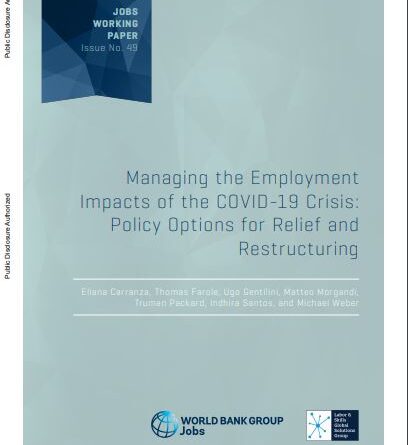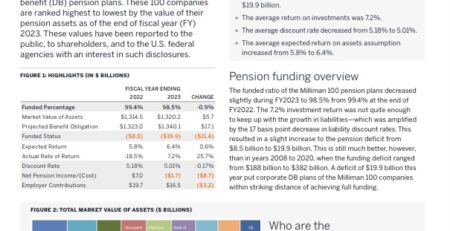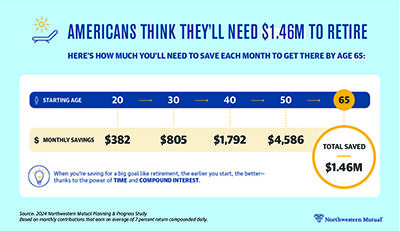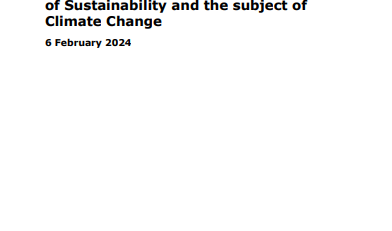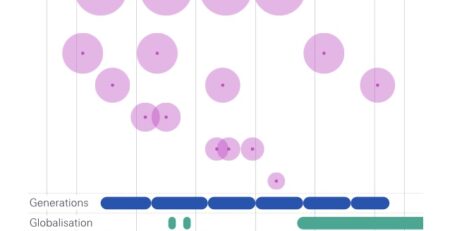Managing the Employment Impacts of the COVID-19 Crisis: Policy Options for Relief and Restructuring
By Eliana Carranza, Thomas Farole, Ugo Gentilini, Matteo Morgandi, Truman Packard, Indhira Santos, and Michael Weber
This note discusses policy options for managing the employment impacts of the COVID-19 crisis aimed at relief and restructuring. The relief phase corresponds to an initial COVID-19 phase when the health emergency dominates, lockdowns are common, and the focus is on saving lives, providing support to workers and households to manage the income shock and to firms to say afloat and, often retain workers; the restructuring phase, in turn, corresponds to a second phase when countries turn to implementing policies that set the stage for a resilient recovery through more targeted policies that balance the need for continued government support with the need to adapt to structural changes created by the crisis. The note pays attention to the labor market and institutional context of most low and middle-income countries where informality is large and where existing institutions often lack mechanisms to effectively reach businesses and workers in the informal economy. The note covers complementary policies aimed, in the relief phase, at: 1) Helping businesses survive and retain workers; 2) providing protection for those who do lose their jobs and see their livelihoods significantly affected; and 3) facilitating alternative employment and employability support for those who are out of work (collectively known as active labor market programs, ALMP). The note further differentiates between these relief responses and the restructuring response when countries start to reopen for businesses and policies need to aim to support firms’ and workers’ transition to a “new normal”, hopefully a “better normal” that supports a resilient recovery.
Get the book here
183 views
